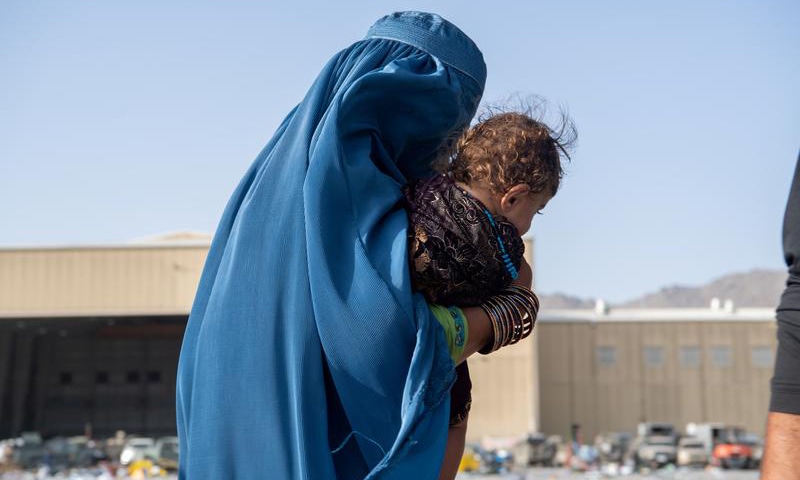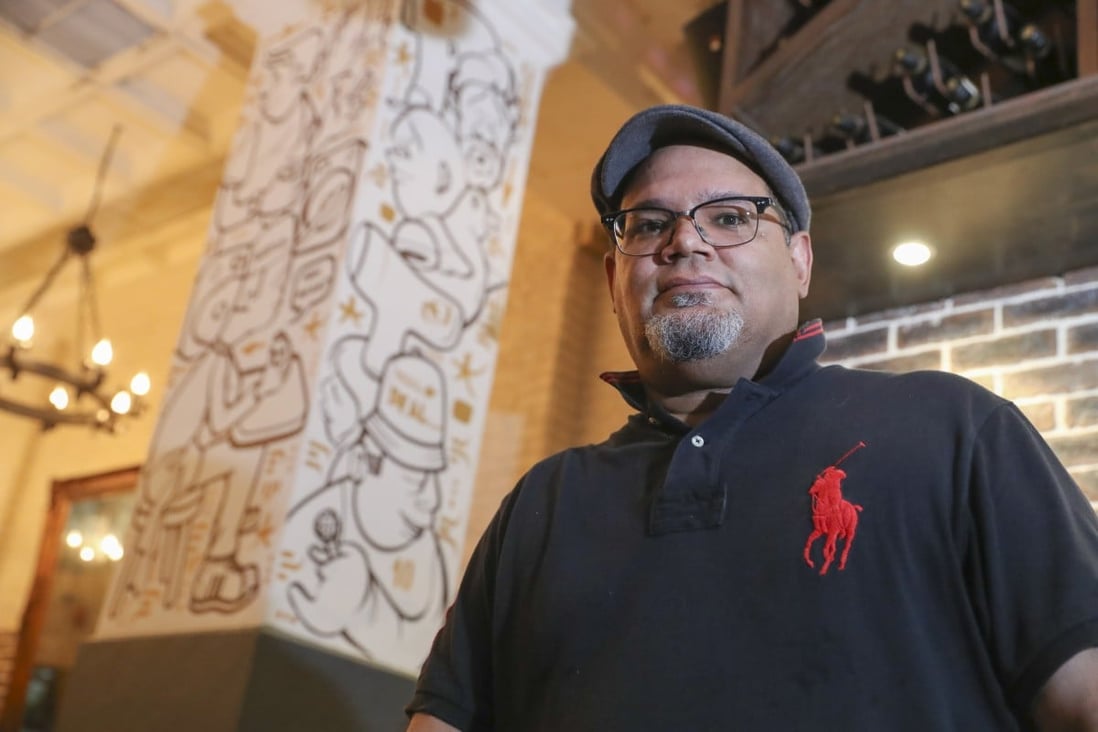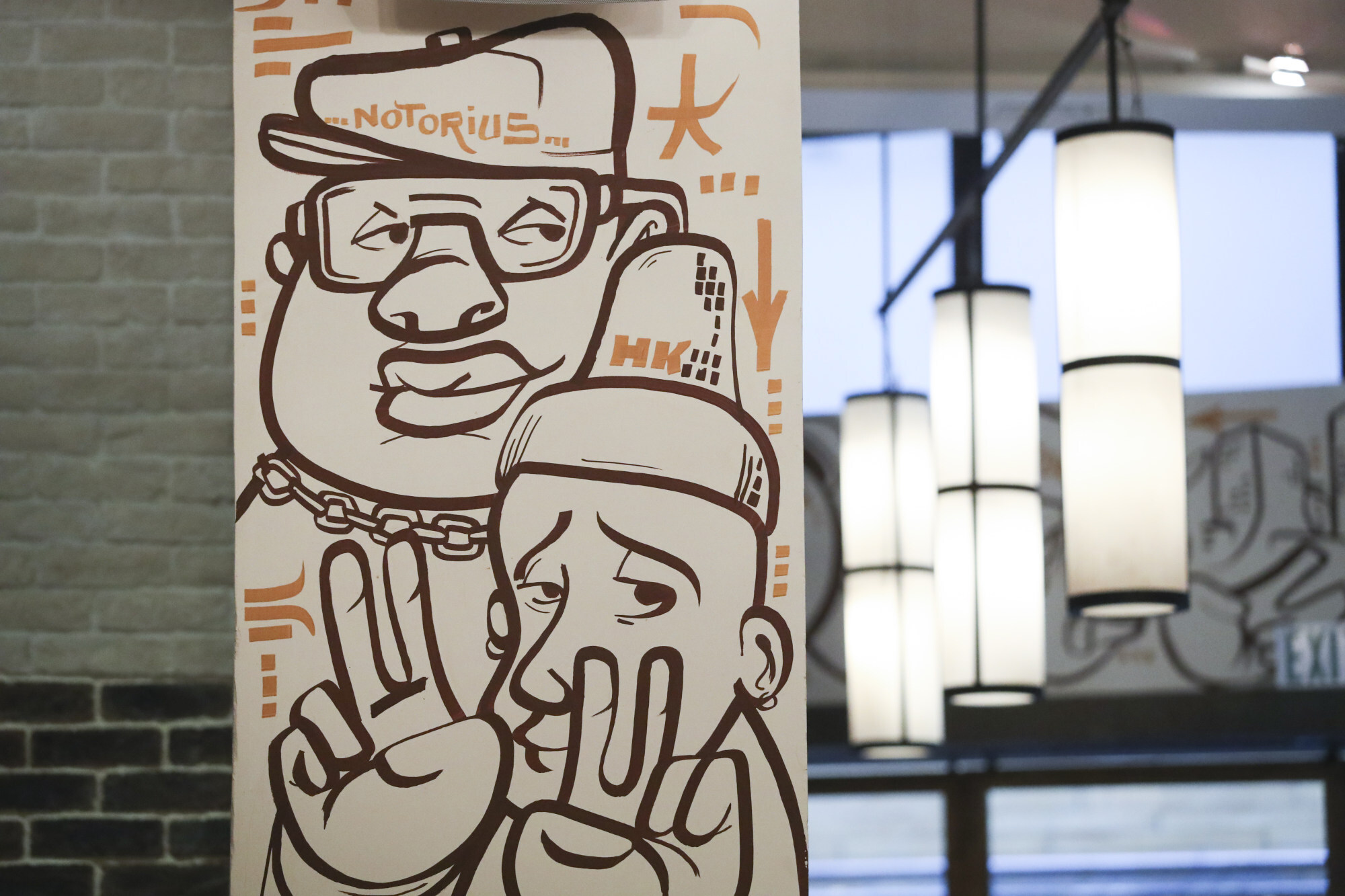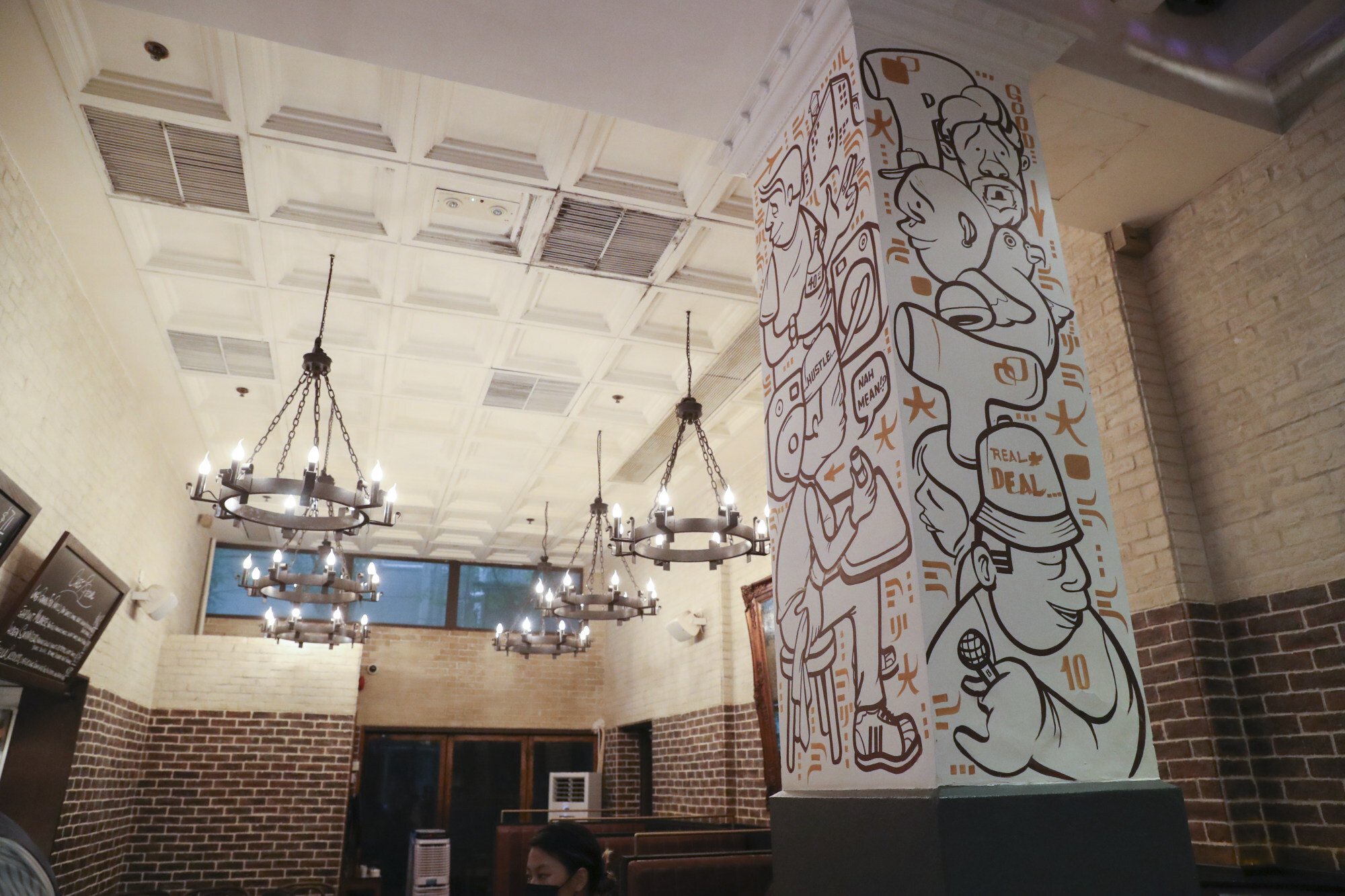
TEACHER Shirin Tabriq spent five days and nights outside Kabul airport trying to get on a flight from Afghanistan. Humiliated and enraged by her ordeal, she has given up and plans to return to her village to start a new life under the Taliban.
Midwife Shagufta Dastaqgir also tried, and failed, to flee. She, too, says she has lost faith in the West’s commitment to help Afghanistan and is heading back home.
Their stories reflect the stark reality for many Afghans who want to leave the country now that the Taliban are back in power. Thousands have been evacuated, but they are far outnumbered by those who could not get out.
Tabriq, the second wife of a former Afghan government official who fled to Pakistan in February, is furious with what she sees as the United States’ failure to do more to evacuate people since the Taliban seized Kabul on Aug. 15.
Some Afghans fear Taliban reprisals against those associated with the ousted, Western-backed administration. Women feel exposed: the last time the group was in power, it banned them from work and girls from school and brutally enforced its version of Islamic law.
In recent days the group has vowed to respect people’s rights and allow women to work within the framework of sharia, but what that means in practice is still not clear.
Scenes of chaos outside the airport have dominated news bulletins around the world. On Thursday, at least 85 people died in a suicide attack by militant Islamic State (IS) group that Western countries had warned about. Others have been killed in gunfire and stampedes.
“I would rather live under the new regime than be treated like garbage by foreigners,” the 43-year-old told Reuters, after nearly a week of living in squalor and fear with her husband’s first wife and their three children.
“The Americans have insulted each Afghan. I come from a respectable family ... but to live on streets for 5 nights made me feel like I am begging people who have no respect for women and children.” She was speaking hours before the bomb attack. The prospect of an ultra-radical offshoot of IS disrupting the Taliban’s attempts to rule has only heightened the sense of foreboding in Afghanistan.
Washington has agreed with the Taliban that it will withdraw all its troops from Afghanistan by Aug 31. President Joe Biden has come under fierce criticism from Afghans and in the West for not doing more to put a better evacuation plan in place.
American officials at Kabul airport say they have worked around the clock to airlift people, adding that evacuating thousands of Afghan staff along with foreigners has been a complex task.
A total of 105,000 people have been evacuated from Kabul since Aug 15, the White House has said.
The US military will now prioritise the removal of US troops and military equipment on the final days before the deadline, an American security official stationed at Kabul airport told Reuters. At least 13 U.S. troops were among those killed in Thursday’s attack.
Bank to home village
Since seizing the country, the Taliban have sought to reassure Afghans and the West that they would respect human rights and not seek revenge. Reports of abuses and threats by members of the movement have undermined confidence.
Tabriq, who is 43, said she had all the documents she required to travel to Pakistan, but there appeared to be one rule for foreigners trying to fly out of Kabul and another for Afghans.
“Not a single person tried to stop any foreigner ... I have all the legal documents to travel out, and why is America stopping me from getting out? Who are they to stop anyone?” Although some Afghan dual nationals appear to have been held up, there has been little sign of Westerners being prevented from reaching the airport. Many Afghans who were airlifted expressed gratitude to foreign troops for helping them.
Taliban officials have urged Afghans not to leave, saying they are needed to help them run the country and make it prosper in the future. Some employees of the outgoing government have returned to work, though others are in hiding.
The insurgents swept across Afghanistan in recent weeks with surprising ease, but are struggling to form a government in a country that has for years been propped up by Western aid and military spending.
Having lost hope of leaving Afghanistan by the end of August, Tabriq has made up her mind to stay. Others are waiting for a better opportunity to leave the country if the chaos subsides.
“I have decided to ... relocate to our village home in Faryab,” she said, referring to the northern province.
“I think we will live a better life there. We have some farmland; we grow wheat there and some fruits. We have a well. We don’t need anything more ... The Americans can all leave, and I hope never to see them again in my country.”
Dastaqgir, the midwife, is from Mazar-i-Sharif in the north of Afghanistan. She is a trained midwife and speaks fluent English and German, and worked for a German non-governmental organisation that she declined to name.
As long ago as 2020, she said German embassy officials had given reassurances to more than 20 Afghan staff that they would be relocated to Germany if the security situation deteriorated.
Then the Covid-19 pandemic struck and the NGO’s offices were closed, and, as Dastaqgir continued to work on a small number of projects she went on receiving her salary.
Taliban attacks in and around Mazar-i-Sharif intensified last month as the group swept aside Afghan forces.
Since July 23, she said she had called and emailed the German embassy and NGO she worked for dozens of times seeking clarity on her situation.
When she did not hear back, the 29-year-old’s father and cousin drove her from Mazar-i-Sharif to Kabul where she hoped to board a flight out of the country.
The road trip was fraught with risk, with Taliban roadblocks stopping her vehicle every few miles and the security situation across the north in a state of flux.
“They (the Taliban) stopped us and we told them we were going to see family in Kabul,” she said. “Some of them even laughed at us and called us stupid to be leaving our home.”
Like Tabriq, Dastaqgir ended up in the tumult outside Kabul airport where she spent four days and three nights.
“Soon I will head back to Mazar,” she told Reuters, speaking the day before the suicide attack. “I am not angry right now because I am tired. You know, I always admired the Germans ... but now I see an indifferent side of these foreign powers.” The German foreign office did not immediately respond to requests for comment on complaints that they did not make good on promises to evacuate local staff if the security situation deteriorated and that the embassy did not react to messages.
Germany ended evacuation flights late on Thursday. Its military, a major part of Nato’s forces fighting the Taliban, evacuated 5,347 people including more than 4,100 Afghans.
Germany previously said it had identified 10,000 people who needed to be evacuated, including Afghan local staff, journalists and human rights activists.
“After seeing all the desperation at the airport, I feel like we have been an abandoned, and Allah knows Afghan civilians did no wrong to any foreign nation.”
Published in Dawn, August 28th, 2021























